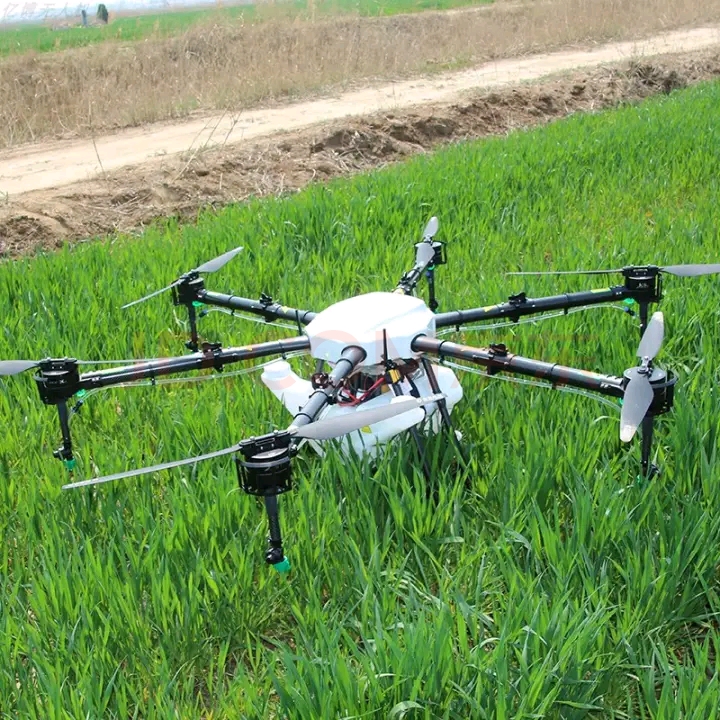
Kuwait, a nation synonymous with oil wealth and coastal resilience, is rewriting its agricultural narrative—one drone at a time. Despite its arid climate (over 90% desert) and reliance on desalinated water for 90% of freshwater needs, Kuwait has ambitious goals: to boost local food production, reduce import dependency, and pioneer sustainable farming in extreme environments. At the heart of this transformation lies a quiet revolution: Chinese agricultural drones, engineered to thrive in harsh desert conditions, are empowering Kuwaiti farmers to grow smarter, not harder, and turning the “impossible” into the “inevitable.”
Kuwait’s Agricultural Puzzle: Scarcity Meets Ambition
Kuwait’s farming sector, though small (contributing just 1% to GDP), is critical to national food security. Over 70% of its cultivated land is in greenhouses or vertical farms, producing high-value crops like tomatoes, cucumbers, and dates. Yet, the industry faces existential hurdles:
-
Water Scarcity: Desalinated water is energy-intensive and costly; traditional flood irrigation wastes up to 40% of this precious resource.
-
Labor Gaps: With 80% of the population urbanized, finding skilled farmworkers—especially for laborious tasks like spraying or monitoring—has become a crisis.
-
Climate Vulnerability: Scorching summers (temperatures often exceed 50°C) and sandstorms threaten crop health and equipment durability.
For farmers like Fahad, who manages a 5-hectare greenhouse in the Jahra Governorate, these challenges are daily struggles. “We spend fortunes on water and labor,” he says. “Last summer, a sandstorm ruined 20% of our cucumber crop because we couldn’t spray pesticides fast enough. Young people don’t want to work outdoors in this heat—no wonder we import 95% of our food.”
Chinese Drones: Built for Desert Resilience
Chinese agricultural drones, designed with extreme environments in mind, offer more than just efficiency—they deliver solutions tailored to Kuwait’s reality.
Tailored to Kuwait’s Climate: Durability Meets Smart Tech
-
Heat & Sand Defiance: Reinforced aluminum frames, high-temperature batteries (operating up to 60°C), and sealed motors with dust filters ensure drones function flawlessly in Kuwait’s harsh conditions. Sand-resistant propellers prevent clogging, even during frequent sandstorms.
-
Hyper-Efficient Water Use: Equipped with micro-spraying nozzles and AI-driven flow sensors, these drones reduce water consumption by up to 70% compared to manual methods. Variable-rate technology applies water only where crops need it—critical for conserving desalinated resources.
-
Autonomous Precision: GPS-guided flight systems and 3D mapping software let drones navigate tight greenhouse aisles or rocky desert plots, avoiding collisions with structures or plants. Some models integrate thermal cameras to detect early signs of drought stress or pest infestations.
Empowering Local Expertise
Chinese exporters prioritize knowledge transfer over quick sales. Training programs, led by Kuwaiti agronomists and Chinese technicians, teach farmers to pilot drones, analyze crop health data via mobile apps, and perform routine maintenance. “We don’t just deliver machines—we build local capacity,” explains a trainer. “Kuwaiti farmers need to own this technology long-term.”
From Greenhouses to Futures: Early Wins in the Field
In Kuwait’s Al-Abdali Agricultural Project, a government-backed initiative to boost local produce, early adopters of Chinese drones are already reaping rewards:
-
Water & Cost Savings: A 10-hectare tomato greenhouse reduced irrigation water use by 65% while increasing yields by 25%. “We’re using less desalinated water and spending less on labor—profits are up 40%,” says greenhouse manager Ahmed.
-
Pest Control Revolution: In date palm groves outside Kuwait City, drones mapped locust hotspots and sprayed targeted biopesticides, cutting crop damage from 30% to 5%. “Before, we lost entire trees to pests,” says date farmer Fatima. “Now, we save 95% of our harvest—and our trees live longer.”
-
Youth Returning to Farms: Twenty-six-year-old Mohammed, who studied robotics in Kuwait University, now operates drones for his family’s farm. “Farming used to feel outdated,” he says. “With drones, it’s tech-driven and profitable. I want to scale this—maybe even export our produce someday.”
Beyond Yields: Cultivating a Sustainable Legacy
The impact of Chinese drones extends far beyond crop numbers. By slashing water use and chemical runoff, they’re helping Kuwait meet its 2035 goal of reducing agricultural water consumption by 50%. Locally, drones are inspiring a new generation of “agri-techpreneurs” who see farming as innovative, not laborious.
“Agriculture is Kuwait’s next frontier,” says Dr. Layla Al-Mutairi, a sustainable farming advocate. “Drones aren’t just tools—they’re teachers. They show us that even in the desert, we can grow abundance with the right technology.”
A Partnership for the Long Haul
For China’s drone industry, exporting to Kuwait is about more than trade—it’s collaboration. By providing affordable, rugged technology and investing in local expertise, Chinese manufacturers are helping Kuwait transform its agricultural identity. As Fahad, the greenhouse farmer, puts it: “These drones didn’t just fix our problems—they gave us a future.”
Looking Ahead: Sowing the Desert’s Potential
As Kuwait aims to produce 40% of its vegetables locally by 2040, agricultural drones will play a pivotal role. Future applications could include planting drought-resistant seeds in reclaimed desert land, monitoring greenhouse microclimates in real time, and using drone data to attract climate-smart investors. With continued support, Kuwaiti farmers won’t just grow food—they’ll grow hope, proving that even in the harshest climates, innovation can bloom.
In a nation where the desert meets determination, Chinese agricultural drones are flying more than missions—they’re carrying the promise of a greener, more self-reliant Kuwait. And in doing so, they remind us that with the right tools and partnership, even the driest soils can nurture a thriving agricultural future.
This article highlights how Chinese agricultural drones address Kuwait’s unique challenges—water scarcity, labor gaps, and extreme climate—while emphasizing adaptability, local empowerment, and sustainable progress. It avoids specific company names, focusing on technology’s role in pioneering desert agriculture.
THE END

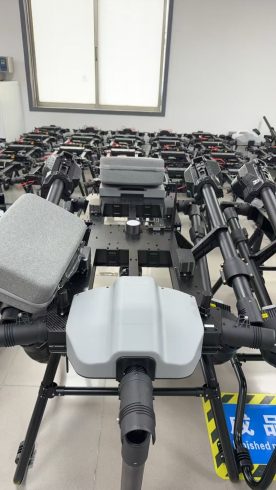
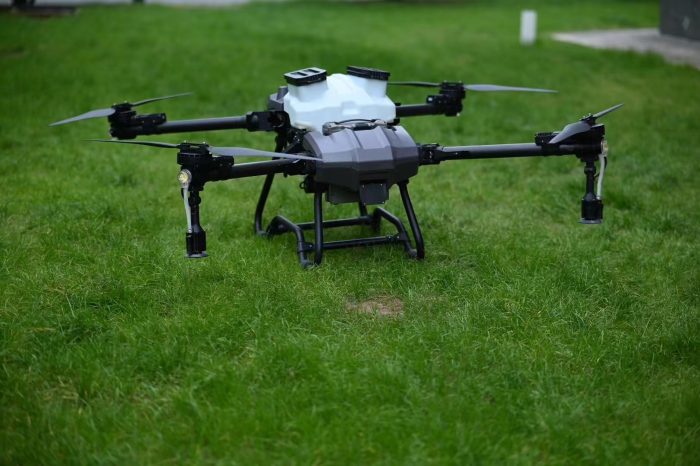

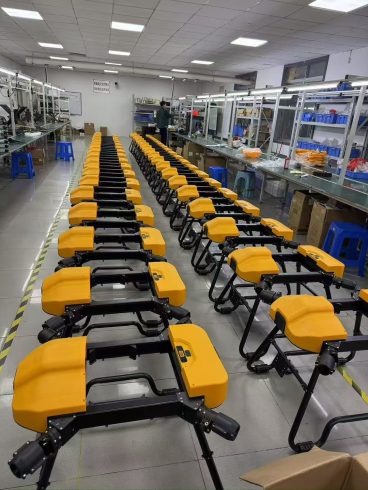
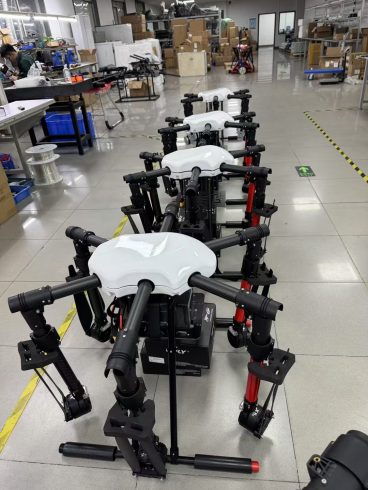

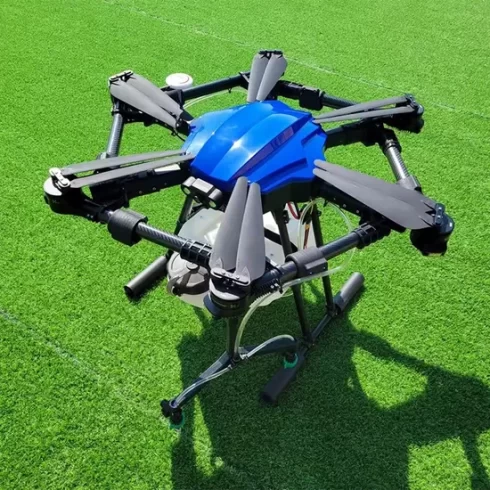


暂无评论内容